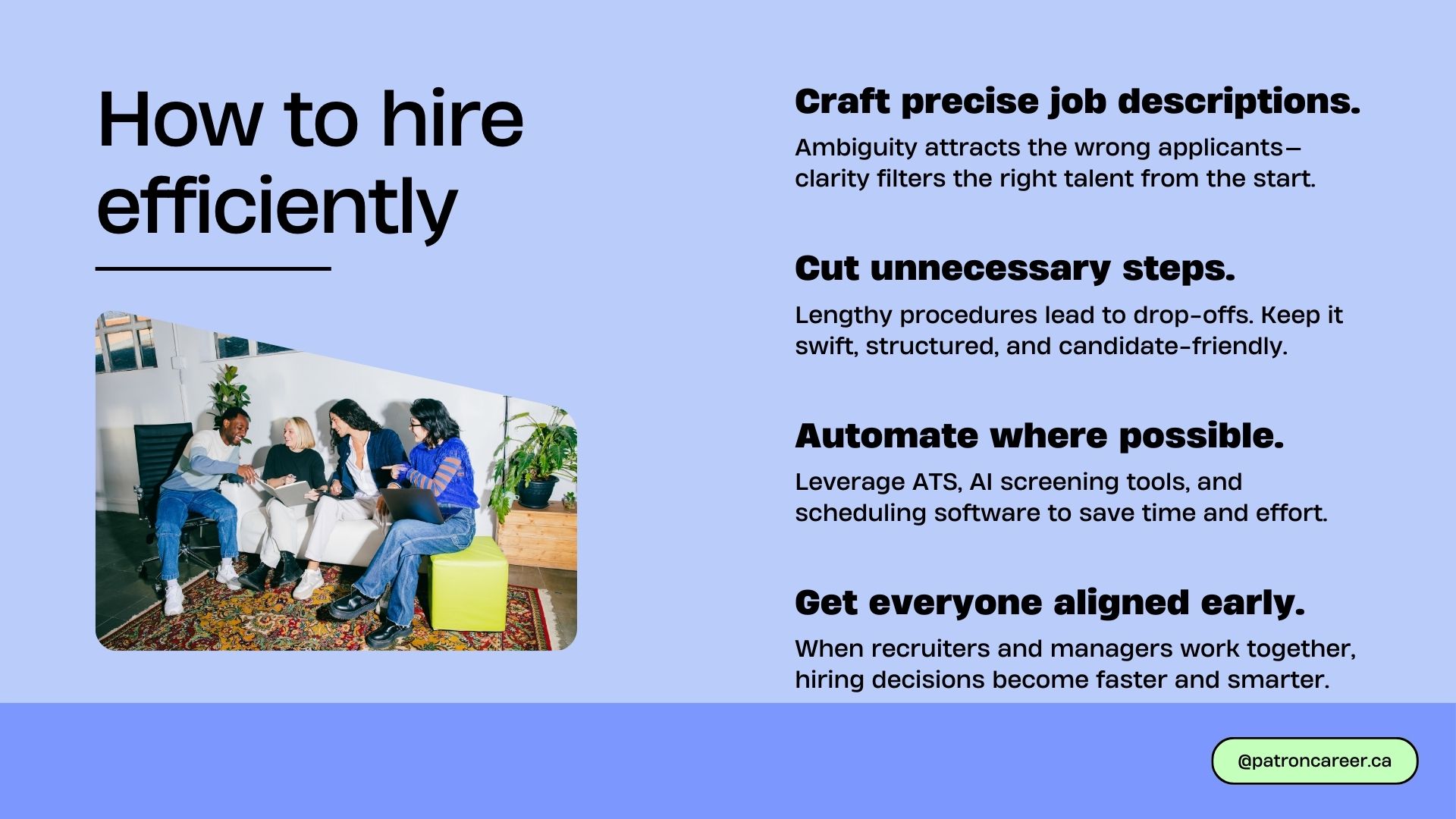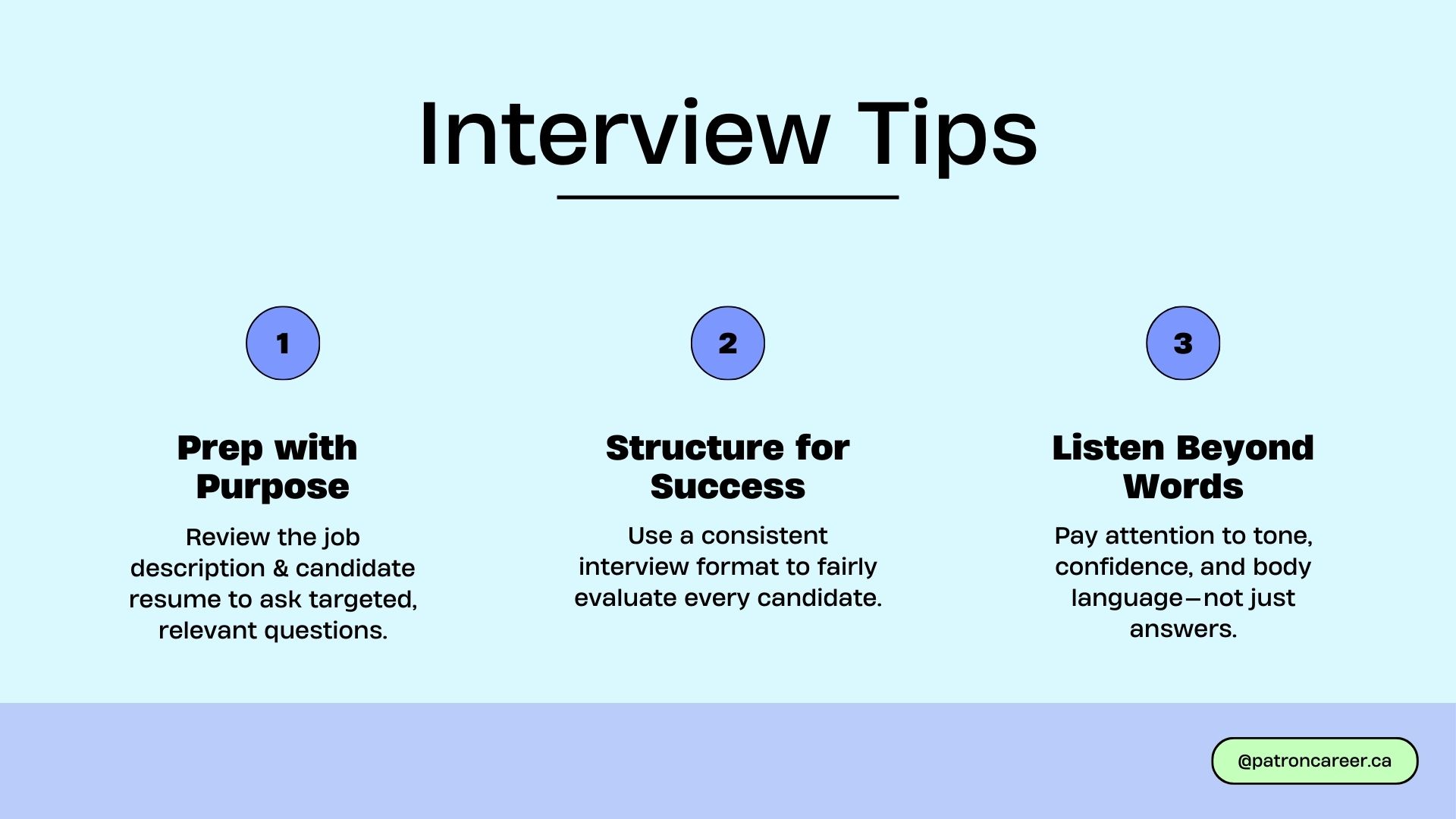2025 Hiring Plan: Your Complete Guide to Building a Smarter, Stronger Recruitment Strategy
In today’s world of work, a business that supports and values its people is regarded as successful. Having the right people at the right time in the right place highlights your commitment to ongoing growth and excellence. Whether you’re a new venture or an established organization expanding your business, it is crucial to outline a definitive hiring plan to ensure swift business success. A hiring plan is essential in a talent-competitive era. It not only offers clarity, structure, and strategy to the recruitment process but also helps you attract the best talent effectively and efficiently.
So, if you’re champing at the bit, let's get started on uncovering a winning 2025 hiring plan in today’s blog. Additionally, we’ll cover actionable hiring tips, candidate assessment strategies, and interview preparation.
What is a Hiring Plan, Really, And Why You Need One
A hiring plan is a structured blueprint used by organizations to recognize hiring needs, streamline recruitment efforts and ensure alignment with company goals. It is an elaborate roadmap for talent acquisition because it provides you with a rough draft on who you need to hire, when, why and how.
In case you don’t have one, there is an abundant risk of miscommunication, misaligned goals, confusion, impulsive decisions, and, regrettably, a high turnover
The crucial elements of a hiring plan:
- Departmental workforce needs
- Budget allocation
- Recruitment timeline
- Hiring criteria
- Selection and onboarding processes
The Hiring Process: From Planning to Placement
Creating a hiring plan means mapping out each stage of the recruitment process. Here’s what a streamlined hiring process should look like:
1. Workforce Planning
Start by assessing your company’s current talent pool and forecasting future needs. Are you scaling up? Are there roles with high turnover? Involve department heads to identify skill gaps and projected workload.
2. Role Definition and Job Descriptions
Once you know what roles need to be filled, define them clearly. Develop job descriptions that precisely reflect responsibilities, required skills, and expected outcomes. A well-written JD saves time by attracting the right candidates from the beginning.
3. Sourcing Candidates
Choose your recruitment channels strategically. Job boards, employee referrals, staffing agencies, and LinkedIn are all valuable tools. Leverage a mix of inbound and outbound recruiting to maximize reach.
4. Screening and Shortlisting
Once resumes start pouring in, filter candidates based on essential qualifications, skills, and experience. Use application tracking systems (ATS) to streamline this stage and avoid manual errors.
5. Interviewing
Schedule structured interviews with shortlisted candidates. Ensure interviewers are aligned on evaluation criteria to maintain consistency.
Related: How to Nail Your Phone Interview
6. Selection and Offer
After final assessments and screening candidates, select the best-fit candidate. Extend a well- designed offer that aligns with market standards and internal equity.
7. Onboarding
A great hiring plan doesn’t end with a job offer, rather, it extends to include onboarding. Introduce new hires to the team, clarify expectations, and provide the tools and training needed to succeed.
Also read: Virtual Onboarding Toolkit for Modern Workplaces
Top Hiring Tips for a Streamlined Recruitment Workflow
The hiring process doesn’t have to be overwhelming. Here are practical hiring tips to make your hiring plan more efficient and candidate-friendly:
- Plan Ahead, Not in Panic: Don’t wait until a role is vacant. Forecast hiring needs quarterly or annually.
- Collaborate Cross-Functionally: Involve hiring managers, team leads, and HR from day one to ensure aligned decision-making.
- Prioritize Candidate Experience: Clear communication, timely updates, and transparent expectations leave a lasting impression.
- Embrace Technology: Use recruitment software, AI-driven screening, and automation to cut down on manual workload. Also, offer flexibility in interviews.
- Don’t Overlook Internal Talent: Sometimes the best candidate is already within your team. Promote internally when possible.
Hack in Action: Run targeted ads to reach passive candidates who may not be actively job- seeking.
Related: 9 Smart Hiring Hacks for Faster Talent Acquisition
Candidate Assessment: Spotting the Right Fit
Talent managers can secure the best talent by resorting to robust assessment methods that stretch beyond matching resumes to job descriptions. Here is how:
1. Resume Screening
Look for relevant experience, career development, achievements, and customized cover letters that show genuine interest.
2. Pre-Screening Calls
Short phone or video calls can help assess communication skills, motivation, and basic qualifications early in the process.
3. Skill-Based Testing
Depending on the role, consider assessments that test specific skills—coding, writing, problem-solving, personality or time management. Tools like Codility, HackerRank, or Vervoe can be used.
4. Cultural Fit and Soft Skills
Cultural alignment often predicts long-term retention. Assess personality traits, values, adaptability, and collaboration style during interviews and reference checks.
For job-seekers: How to Improve and Strengthen Soft Skills
5. Behavioural Interview Questions
Use the STAR method (Situation, Task, Action, Result) to measure past behaviour in job- related situations. This technique provides insight into how a candidate might perform in the role.
Interview Preparation for Employers: Make Every Minute Count
Interviews are not all-important just for candidates. A well-prepared interviewer makes for a smooth and informative interview. Here's how to prepare:
1. Create a Structured Interview Format
Use a consistent set of questions to evaluate all candidates fairly and remove the chance of bias. Include a mix of behavioural, situational, and role-specific questions.
2. Align With the Hiring Team
Ensure everyone involved in the interview process knows their role, understands what to assess, and has access to the candidate’s background information.
3. Respect the Candidate’s Time
Stick to the schedule and allow enough time for questions. Interviews should be as much about evaluating the candidate as they are about showcasing your company culture. Don’t rush the process as it can topple with your candidate experience.
4. Take Notes and Score Objectively
Use scoring rubrics or evaluation sheets to objectively rate each candidate. This prevents bias and creates a record of rationale for each decision.
5. Follow Up Promptly
Regardless of the outcome, send timely feedback. Professional communication enhances your employer brand—even with candidates who didn’t make the cut.
You might be sabotaging your interviews if your hiring managers are committing these interview mistakes. Know what they are and how they can hamper company success and workplace dynamics. Read this blog to know more.
Bringing It All Together
Building a strong hiring plan can be the differentiator and fetch you highly skilled candidates. Implement the above tips religiously and save time, costs, and improve hiring outcomes. This is your strategic move to boost your company’s long-term growth.
We hope that our hiring guide was helpful and informative for companies and businesses. Let's build a stronger workforce- together!







